Fujinon XF 30mm F2.8 LM WR Macro Review
Dustin Abbott
January 9th, 2023
Fuji took an important step in this past year by opening up their platform to third party development, and we’ve seen a wide variety of third party lenses from Tamron, Sigma, Samyang, Viltrox, and more announced and released for the X-mount. But Fuji also wisely recognized that some of their existing lineup needs revamping (which they are tackling through new MK II lenses) and also some existing holes need filling. One of those holes was in the form of a wider macro lens (the previous widest macro focal length was 60mm), a hole now plugged with the new Fujinon XF 30mm R LM WR Macro lens (hereafter referred to as the Fuji 30M for brevity).
This is a compact macro lens that weighs under 200g and yet manages to offer up a 1:1 magnification level from its 46mm full frame equivalent focal length.
There’s always some debate over the best focal length for macro work, as there are both pros and cons to different approaches. Longer focal lengths will give you a greater working distance and can more easily blur out backgrounds. They are also less flexible in terms of the subjects you can tackle because of being telephoto lenses. Shorter focal lengths are more flexible and require less room to operate in, but (like here), you have to get VERY close to your subject to achieve that 1:1 magnification (minimum focus distance here is 10 cm, which is actually INSIDE the lens hood if you kept it mounted. You can forget shooting insects or something similar with this lens if they’re still alive! I personally prefer shorter focal lengths for shooting food or product shots and longer focal lengths for shooting subjects like insects and other subjects where a longer working distance is beneficial.
Obviously there are going to be both some strengths and weaknesses here, but by and large this is a very nice little lens with some real strengths. It brings some premium features, good autofocus, and a very compact size for its price tag of $599 USD. So should you add one to your kit? We’ll try to answer that question in this review. If you would prefer to watch your reviews, you can choose watch my definitive video review below…or just keep reading.
Check me out on: My Patreon: | Google+: | Facebook: | Twitter: | Flickr: | 500px: | Sign Up for My Newsletter :
Follow Me @ YouTube | Patreon | Instagram | Facebook | DA Merchandise | Flickr | 500px Thanks to Fujifilm Canada for loaning me the X-T5 and lenses for this review. As always, this is a completely independent review and my conclusions are my own.
Fuji 30M Build and Handling
Fuji likes to essentially build the feature list of their lenses right into the name, so if you learn to “speak Fuji” you can quickly get a sense of what a lens does and does not have right from the name. In this case, the name includes R, LM, and WR, which is a robust feature set.
- R = Ring, or specifically an aperture ring.
- LM = Linear Motor, Fuji’s premium focus system
- WR = Weather Resistance
That adds up to a fairly premium lens despite the compact size of the lens. The Fuji 30M has a profile that reminds me of the 50mm F2 where the lens mount is the widest portion of the lens. That wider first tier has the lens mount and then the aperture ring. The second tier of the lens is narrower and has the manual focus ring on it. The maximum diameter of the lens is 60mm (2.4″) and the filter thread at the front of the lens is only 43mm, which shows you there is a significant amount of tapering down towards the front of the lens. The overall length is right under 70mm (2.7″). It’s not my favorite lens profile aesthetically, but it works fine here.
The aperture ring is the Fuji standard. It moves nicely with defined detents at the one third stop marks and with markings at the full stops (F2.8, F4, etc…). Rotate the lens all the way to the right and click the little button on the ring if you want to move into A (automatic) mode and control aperture from within the camera.
The manual focus ring works fairly well, which is important on a macro lens. I could focus with fairly good precision and didn’t notice visible stepping despite being a focus by wire system.
The Fuji 30M is a very nicely made lens despite its light weight. It’s only 195g (6.9oz) but doesn’t feel cheap or plasticky. The lens has a classic semi-glass black finish to it and is completed with thorough weather sealing (as already noted) that has a rear gasket, internal seals, and a fluorine coating on the front element.
The included lens hood is is made of plastic and is nothing particularly special.
There are no switches on the barrel, as AF/MF is handled via a lever on Fuji camera bodies and there is no lens based optical stabilization. I used the X-T5 for this review, which has good in-camera-image-stabilization, so I didn’t actually miss it. What could have been included and wasn’t, however, is a focus limiter. That can be very useful on a macro lens that has a lot of additional close focus possibilities.
As noted, the minimum focus distance is one of the closest that I’ve ever seen, and this is perhaps the first time I’ve even seen an MFD that would fall actually inside the lens hood if it were mounted. I measure the distance from the sensor to the front of the bare lens as roughly 9 cm, and the MFD is 10cm. The lens hood is an additional 2.5cm (11.5cm total), meaning that you actually couldn’t achieve full 1:1 macro with the lens hood mounted.
Up close performance is good, but lighting is going to be an issue even with the lens hood off because you need to get so close to your subject to achieve 1:1 magnification. It will be very easy to shade your subject with the lens/camera if you aren’t careful. That’s probably the biggest downside to the design here. On a positive note, this is a fully internally focusing lens, so the overall length doesn’t change during macro work.
Overall, the build and features of the lens are solid – in line with my expectations.
Fujinon XF 30mm Macro Autofocus Performance
The Fujinon XF 30mm F2.8 Macro is one of the better lenses from Fuji I’ve used when it comes to autofocus. As noted earlier, it does come equipped with a linear focus motor, and that motor does the job of moving focus quickly and smoothly.
Focus accuracy was generally good as well, delivering well focused results in a variety of lighting conditions. This shot at a party, for example, was shot at ISO 6400 and without a lot of ambient lighting to work with (look how bright the window decorations look by comparison).
I was also able to get accurate focus at macro distances:
I will note that at very close focus distances I actually prefer to manually focus, but that’s just a preference and not a necessity.
The biggest place I noted improvements here was in doing focus pulls during video. There was no visible stepping, good speed, and excellent precision. Focus moved from one subject to another without steps, hesitation, or pulsing – and with zero sound being picked up by the on-board microphone. I also saw very good confidence in locking back onto my eye after I blocked focus with my hand. This is the first time that I’ve felt a Fuji combination was competitive in this test with something from Sony, for example.
Switching to animal tracking mode produced good locking on to the eyes of Nala and delivered well focused results.
I was satisfied with the focus performance here in general, which hasn’t often been my conclusion on Fuji lenses/cameras in the past.
Fuji 30M Image Quality Breakdown
The Fuji 30M has a fairly complex optical formula for such a compact lens, sporting 11 elements in 9 groups, which includes 3 aspherical and 2 ED elements. The MTF charts show an extremely strong center performance but also one that quickly deteriorates as you move away from the center.
This obviously won’t be helped by the movement towards higher resolution in the most recent bodies like the X-T5 I’m doing the review on, but we’ll get to that in a moment.
Fuji’s correction profiles are typically quite good, but I’ll turn them off to take a look at the actual lens performance when it comes to vignette and distortion.
We can see that there are fairly significant amounts of both distortion (pincushion style) and vignette. The heavier distortion is somewhat of a surprise on a macro lens, as they tend to be well corrected. I used a -8 to correct the pincushion distortion. The vignette was also surprisingly heavy, requiring me to max out the sliders (+100 and midpoint to zero) to give a fully corrected result. As noted, the correction profile takes care of things in the real world, but that level of correction will have somewhat of an impact on corner performance particularly at higher ISO values where noise is more obvious.
Case in point: I shot this image at the retirement party of a friend, and the nice restaurant where the event was held had fairly dim lighting. I had to capture the image at ISO 6400. You can see below that the profile does brighten up things (see the plates on the right side), but if we zoom into the left corner (second image) you can see that a lot of additional noise and hot pixels have been introduced by the correction profile on the left side.
That’s at least one consequence of having to heavily correct vignette via a profile.
Fortunately other areas show greater strength. This image shows that even at F2.8 longitudinal chromatic aberrations are really well controlled. This image has plenty of potential for fringing, either around the lights or now, but we can see that real world LoCA is very low:
There’s a bit of lateral CA (LaCA) that can be seen on the transitions from black to white on my test chart, but it’s so mild that it won’t be a real world issue, particularly with corrections turned on.
Here’s a look at my test chart that the crops came from (40MP images from the X-T5):
If we take a look at the crops (about 175% magnification) from the center, mid-frame, and corner:
You can see that the resolution does indeed drop off significantly from the center to the mid-frame results, with a less severe decline from there to the corners. Fortunately real world images at wide apertures are mostly composed in the area where resolution is higher on a lens like this, and when you hit the sweet spot, you can get nice, high contrast results.
Stopping the lens down to F4 produces better contrast and more detail across the frame, with the most obvious improvement taking place in the corners, which now look pretty good.
In many ways the weakest zone is the mid-frame, where results are never all that good. The Viltrox Pro AF 75mm F1.2 is clearly sharper at F1.2 than the Fuji 30M is even stopped down to F5.6 (where sharpness peaks):
Truth be told, I felt that resolution results were good but never exceptional. The extremely high resolution of the new 40MP sensor in Fuji’s most recent cameras is going to punish lenses that aren’t exceptionally crisp. Real world results were a little better, and I’m satisfied with the sharpness I saw at F5.6 in this landscape image.
Likewise the macro detail in this shot (also at F5.6) looks quite good.
Resolution and contrast peak at F5.6, with a fractional regression at F8 and a much more noticeable one at F22 due to diffraction, which will arrive even earlier with the move to higher resolution bodies.
One of the areas where wide angle macro lenses will lag behind longer focal lengths is in their ability to create bokeh. It’s exceptionally rare for a 1:1 macro lens to have a maximum aperture any larger than F2.8, and the depth of field at 30mm and F2.8 is going to be much larger than either 60mm (the XF 60mm F2.4 Macro) or 80mm (the XF 80mm F2.8 Macro). The byproduct is that strongly blurring out backgrounds is going to be more difficult with the Fuji 30M. This handheld macro image, for example, is nice and sharp, but you can see that the background is only somewhat blurred.
Shoot from a little bit further away and you’ll find that there isn’t much blurring of the background at all:
I’m also less than impressed with the aperture iris’ ability to retain a circular shape when stopped down. Even by F4 the shape of the blades is pretty obvious (shown here is F2.8, F4, and F5.6):
I’ll also note that the aperture blades aren’t perfectly symmetrical in my review lens.
Specular bokeh highlights to have fairly strong inner lines and a generally busy quality, which speaks to bokeh that isn’t going to be as soft and creamy as what we might like.
I can see that busyness even at a global level in real world shots, and there’s also a pretty strong cat-eye effect to the geometry if the specular highlights are near the edge of the frame at all.
The strength of this lens is going to be found more in getting a lot in focus rather than getting a lot of out of focus, I would say.
On a more positive note, I found that color rendition was really great on the Fuji 30M, delivering rich, nicely saturated colors.
Here’s one shot in Classic Chrome that I like:
My review period fell during a season of winter storms and lot of grey days, so I didn’t have a lot of opportunity to torture test flare resistance, but I did shoot a number of images into the rising sun one morning (sometimes you can get sun at dawn even if the day will be cloudy). I didn’t see any flare issues in the image I took, however.
While I wasn’t really wowed by any area of performance on the Fujifilm 30mm F2.8 Macro, I also generally liked the images that I got with it and appreciate the versatility of the focal length and close focus abilities in such a compact package. Check out the image gallery to see more of those images for yourself and to draw your own conclusions from them.
Conclusion
I love the 45mm focal length (technically 46mm equivalent here), and when you pair that with 1:1 macro capabilities, you have a lens that is useful for a wide variety of photography subjects. I particularly love the focal length for family or friends event, where it provides a natural and relatable point of view.
In an ironic twist (at least to me), the aspect of Fuji lens design that I often critique the most (the autofocus system) is perhaps the greatest strength here. The Linear Motor focus system is fast, quiet, and effective for both stills and video work, which is a very welcome change of pace.
I’m less wowed by the general optical performance, as while there is a sweet spot of sharpness in the center of the frame, the drop-off to the midframe is pretty dramatic. I also didn’t find the bokeh exceptionally nice from the lens. I’ve seen a few people praising the amazing minimum focus distance of just 10cm (Fuji has one such brag on their website listing for the lens), but I have to wonder if such people really understand the implications of a 10cm (3.9″) MFD when the end of the lens is 9cm from the sensor…and the end of the lens hood is 11.5cm!
What cannot be disputed is that this is going to be a very easy lens to bring along due to the compact size and light weight, and having the versality of a macro lens in this package is going to be very intriguing for those who like to travel light. Good correction profiles help to make up for some of the optical weaknesses, and I suspect that most people will be satisfied in general with the image quality…particularly if using one of Fuji’s bodies with lower resolution than the new 40MP bodies. This is a welcome addition to the Fujinon lineup despite its flaws, and will be a lens that I suspect many people would enjoy having in their kit.
Pros:
- Extremely versatile focal length
- Full 1:1 magnification in such a tiny package
- Compact size and light weight add to versality
- Includes weather sealing
- Internal focus design helps keep lens sealed
- Linear focus motor delivers one of the best AF experiences I’ve seen on Fuji
- Good lens for video AF work
- Colors are very rich
- Low levels of chromatic aberrations
- Good flare resistance
Cons:
- Tiny working distance makes getting 1:1 images difficult
- Fairly strong pincushion distortion
- Very strong vignette
- Midframe and corner performances a little weak
- Bokeh is a little busy
Gear Used:
Purchase the Fujinon XF 30mm F2.8 Macro @ B&H Photo | Amazon | Camera Canada | Amazon Canada | Amazon UK
Purchase the Fujifilm X-T5 @ B&H Photo | Amazon | Camera Canada | Amazon Canada | Amazon UK | Find it Used at KEH
Purchase the Viltrox Pro AF 75mm F1.2 @ B&H Photo | Amazon | Viltrox (use code DUSTINABBOTT for 10% off) | Amazon Canada | Amazon UK | Pergear Store
Purchase the Fujifilm X-T4 @B&H Photo | Amazon | Amazon Canada | Amazon UK | Amazon Germany | Ebay
Purchase the Fujifilm X-S10 @ B&H Photo | Amazon | Camera Canada | Amazon Canada | Amazon UK | Amazon Germany | Ebay
Want to support this channel? Use these affiliate links to shop at: B&H Photo | Amazon | | Camera Canada | Ebay | Make a donation via Paypal
Buy DA Merchandise https://bit.ly/TWIMerch Peak Design Leash Strap: Peak Design Store | B&H Photo | Amazon | Amazon Canada | Amazon UK Adobe Photoshop Creative Cloud 1-Year Subscription Get a discount off all Skylum Editing Software (Luminar, Aurora HDR, AirMagic) by using code DUSTINHDR at checkout: Visit Dustin’s Amazon Storefront and see his favorite gear Purchasing your gear through B&H and these links helps fund this website and keeps the articles coming. You can also make a donation here if you would like. Visit my Amazon page for some of my gear of choice! Thank you for your support.  Purchasing your gear through B&H and these links helps fund this website and keeps the articles coming. You can also make a donation here if you would like. Visit my Amazon page for some of my gear of choice! Thank you for your support.
Purchasing your gear through B&H and these links helps fund this website and keeps the articles coming. You can also make a donation here if you would like. Visit my Amazon page for some of my gear of choice! Thank you for your support.
Receive a 5% discount on all purchases at Amplis Foto, Canada’s Leading Photographic Supplier. Please enter discount code: AMPLIS52018DA in your cart. It is good for everything in your cart, and is stackable with other coupons, too! It will take 5% off your entire order! Proceeds go towards keeping this site going and providing you with new reviews!
Use Code “DUSTINHDR” to get $10 off ($15 CDN) any Skylum product: Luminar, Aurora, or AirMagic
Keywords: Fujinon, XF, 30mm, F2.8, Macro, LM, WR, Fuji 30mm Macro review, Fujinon 30mm Review, Fujifilm, X-T5, Fuji X-T5, X-T5 Review, Fuji X-T5 Review, Fujinon, Dustin Abbott, Review, Sensor, Tracking, IBIS, Stabilization, Eye AF, 100-400mm, 150-600mm, F2.8, 30mm F2.8 Macro, XF, Review, Hands On, Video Test, Sharpness, High ISO, Autofocus, Dynamic Range, 40MP, 40 MP, Lens, Comparison, Test, Dustinabbott.net, APS-C, X-Trans, letthelightin, DA
DISCLAIMER: This article and description contains affiliate links, which means that if you click on one of the product links, I’ll receive a small commission. As an Amazon Associate I earn from qualifying purchases.










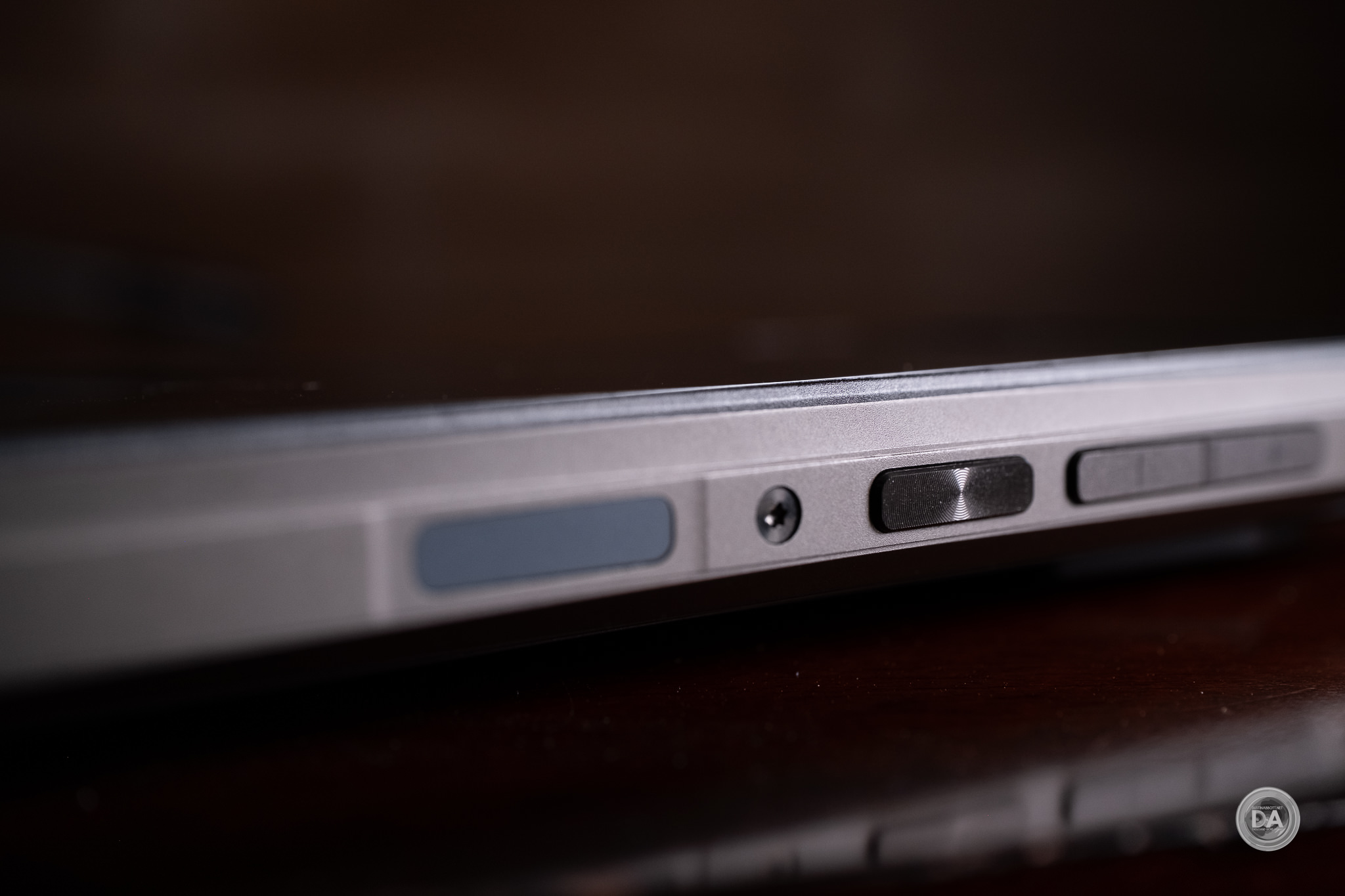


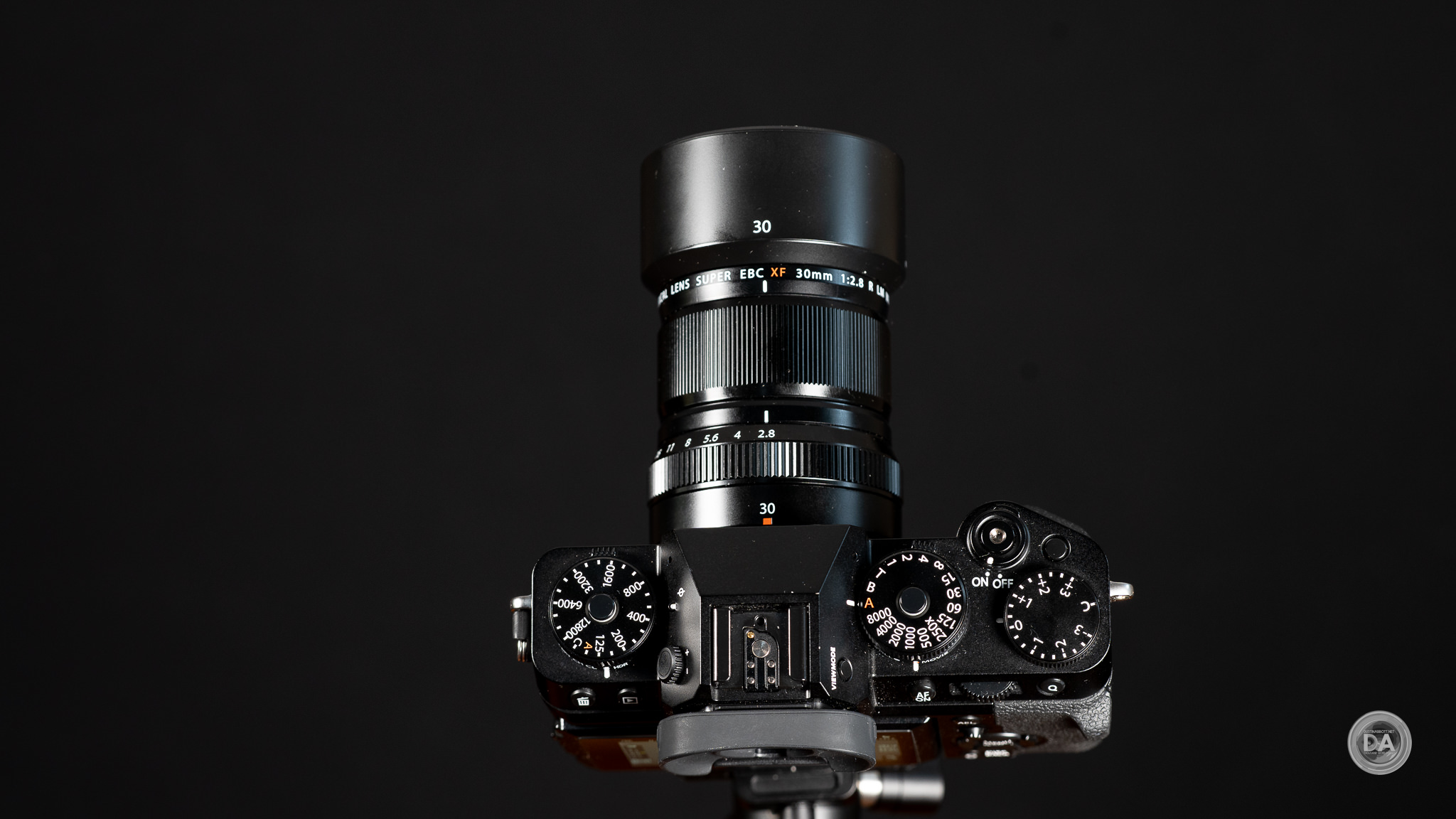

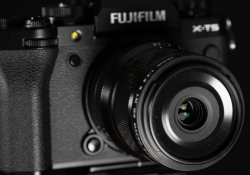

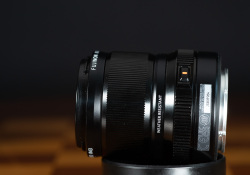
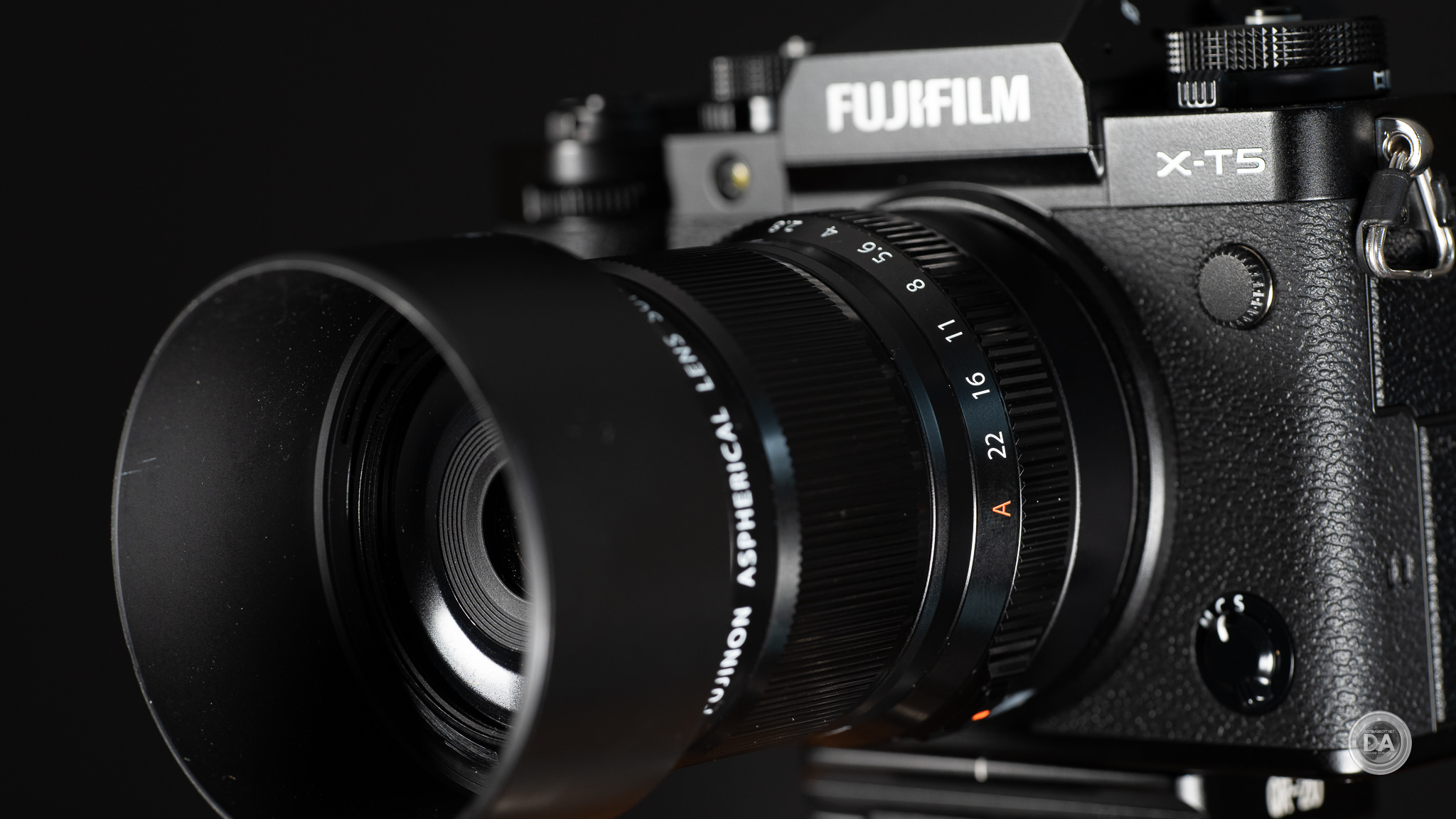




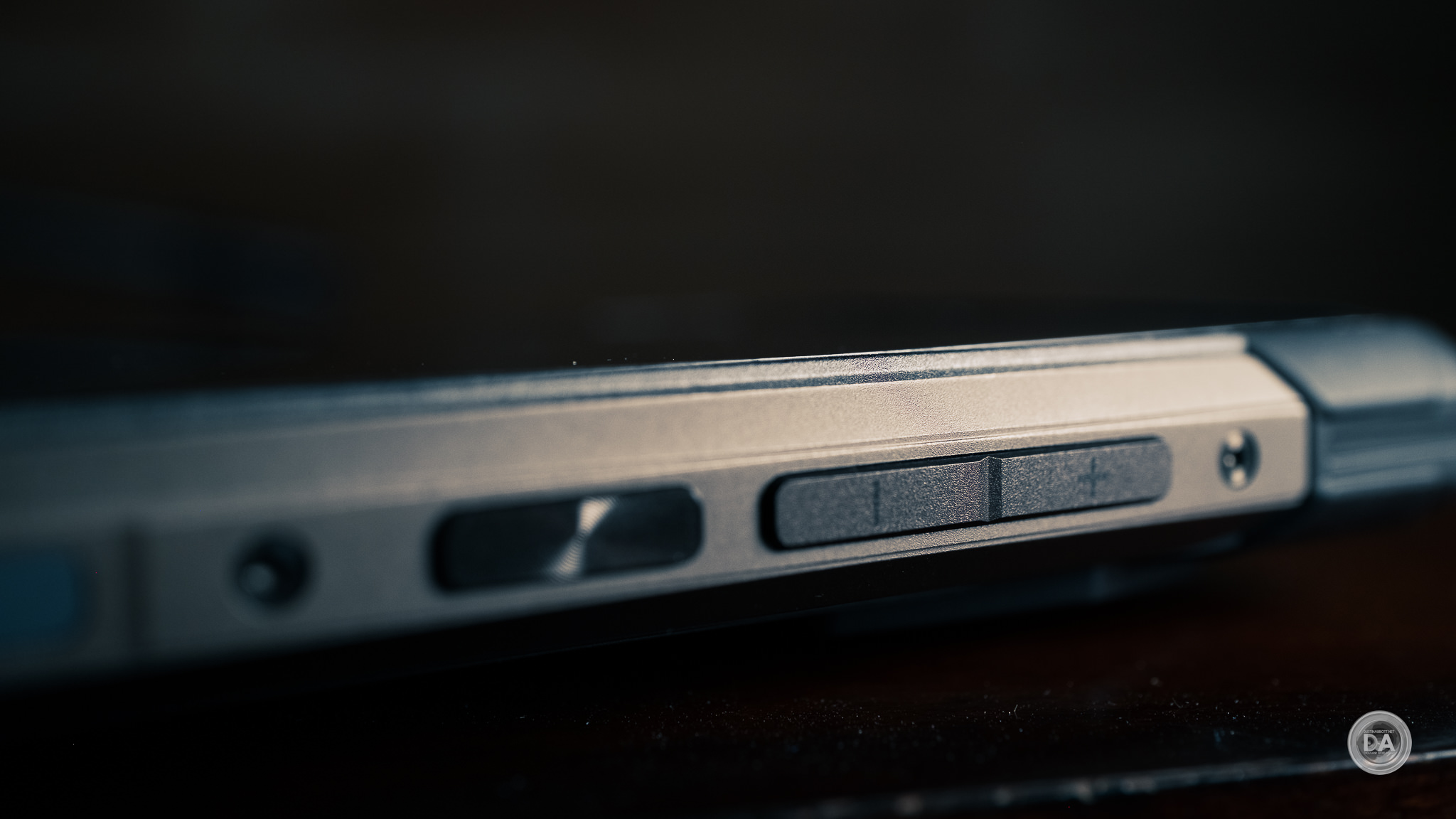


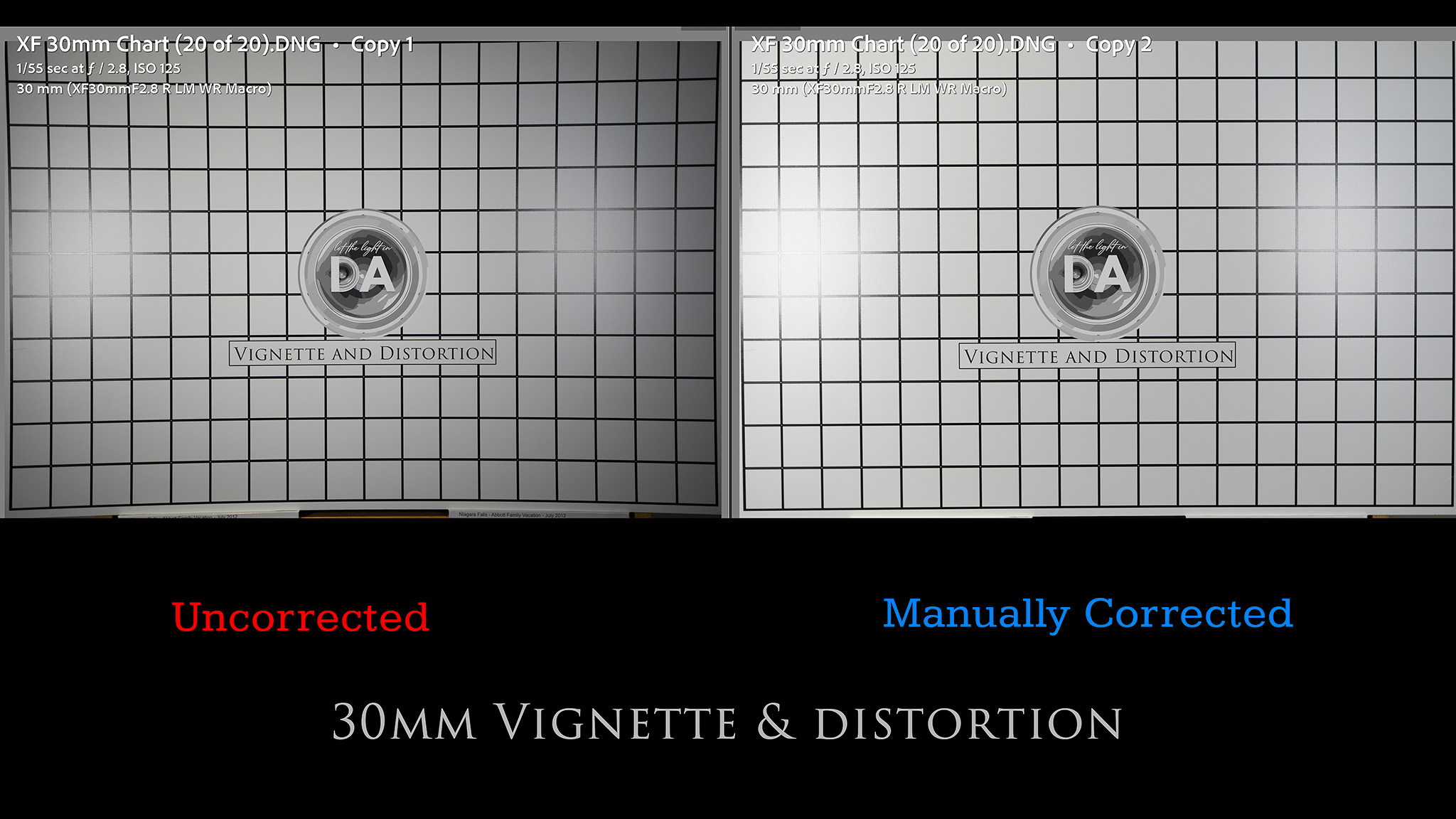
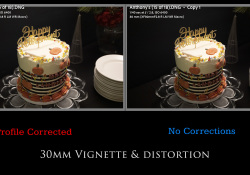
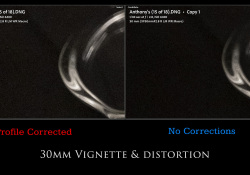

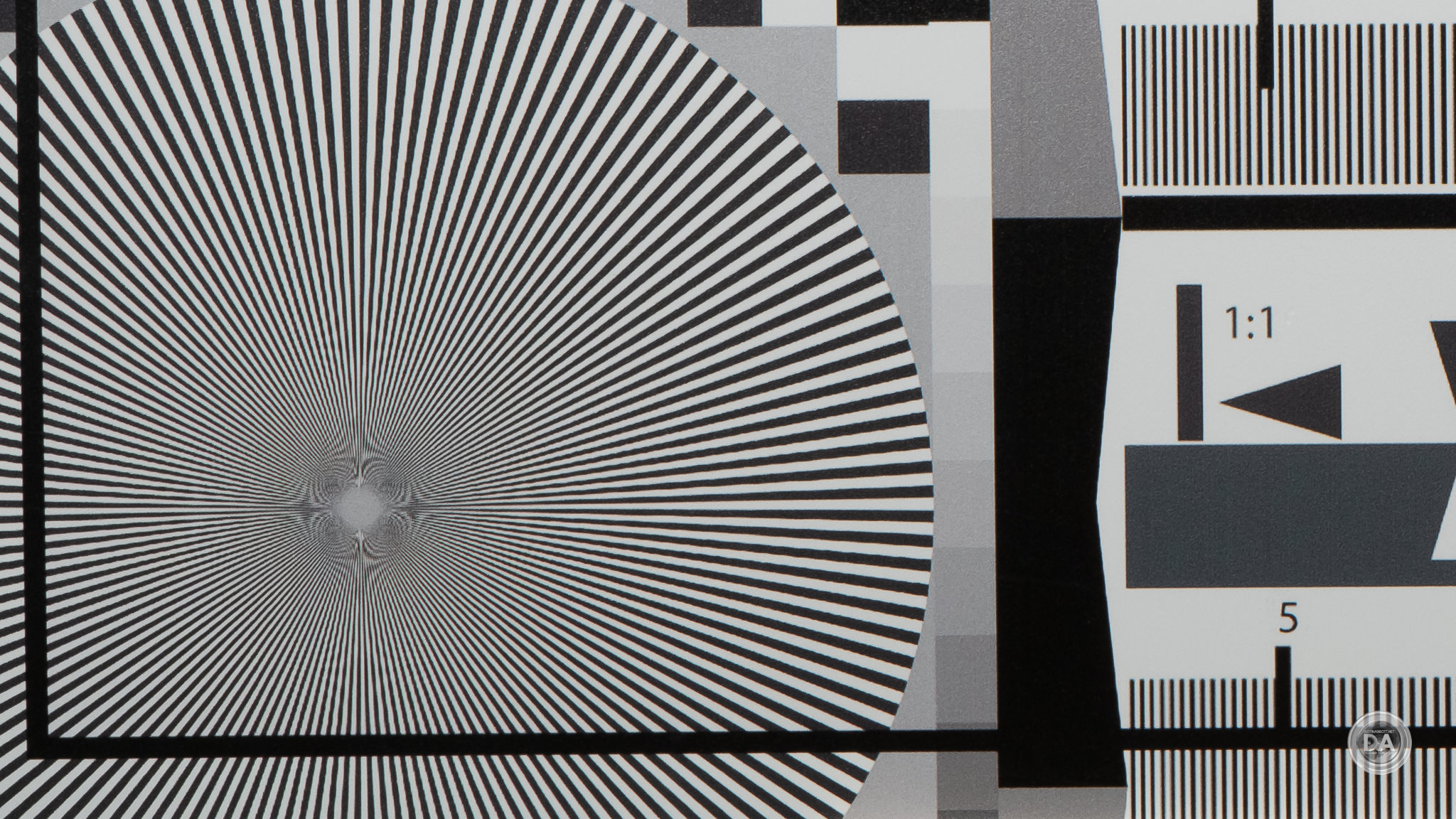










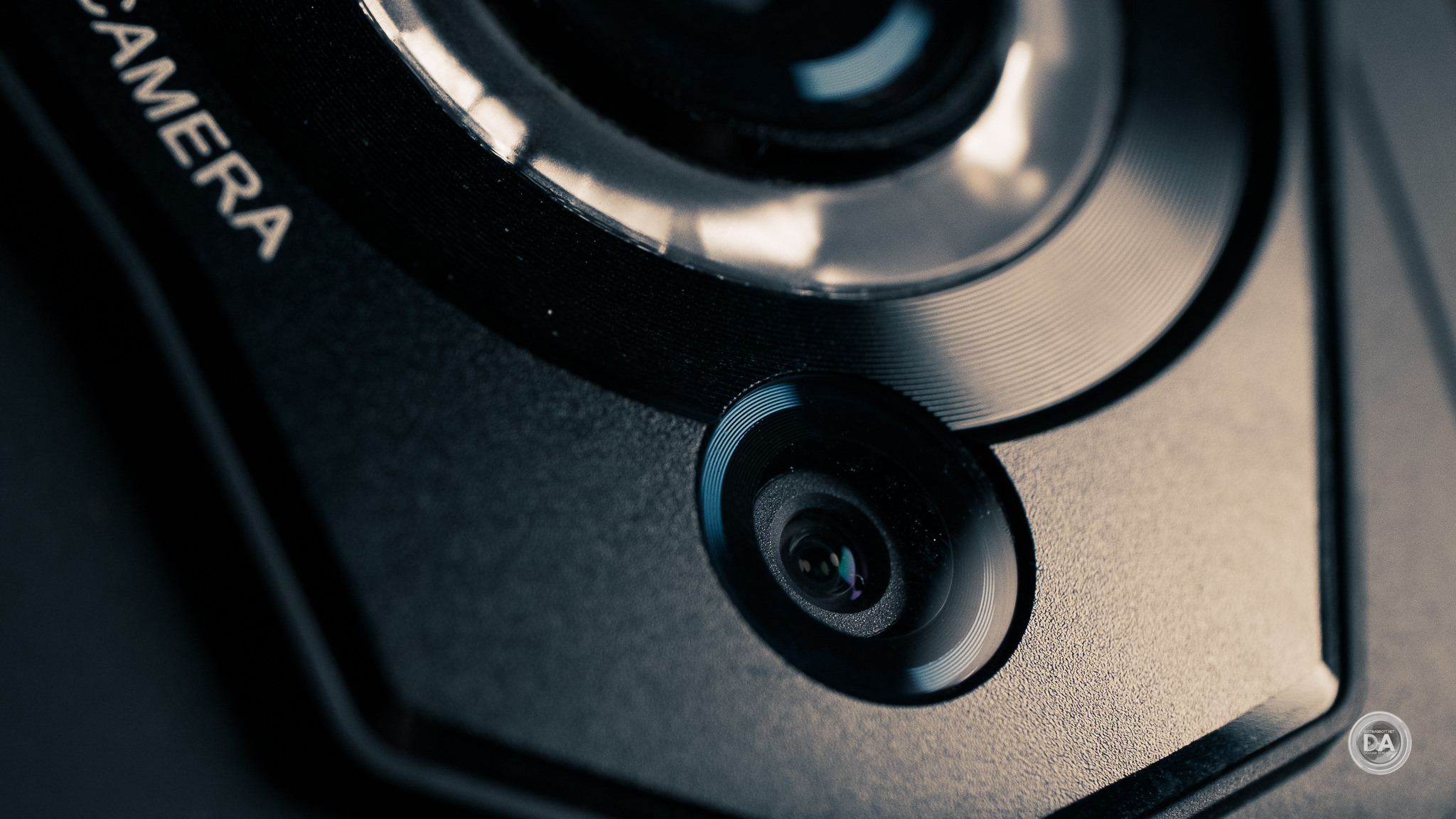





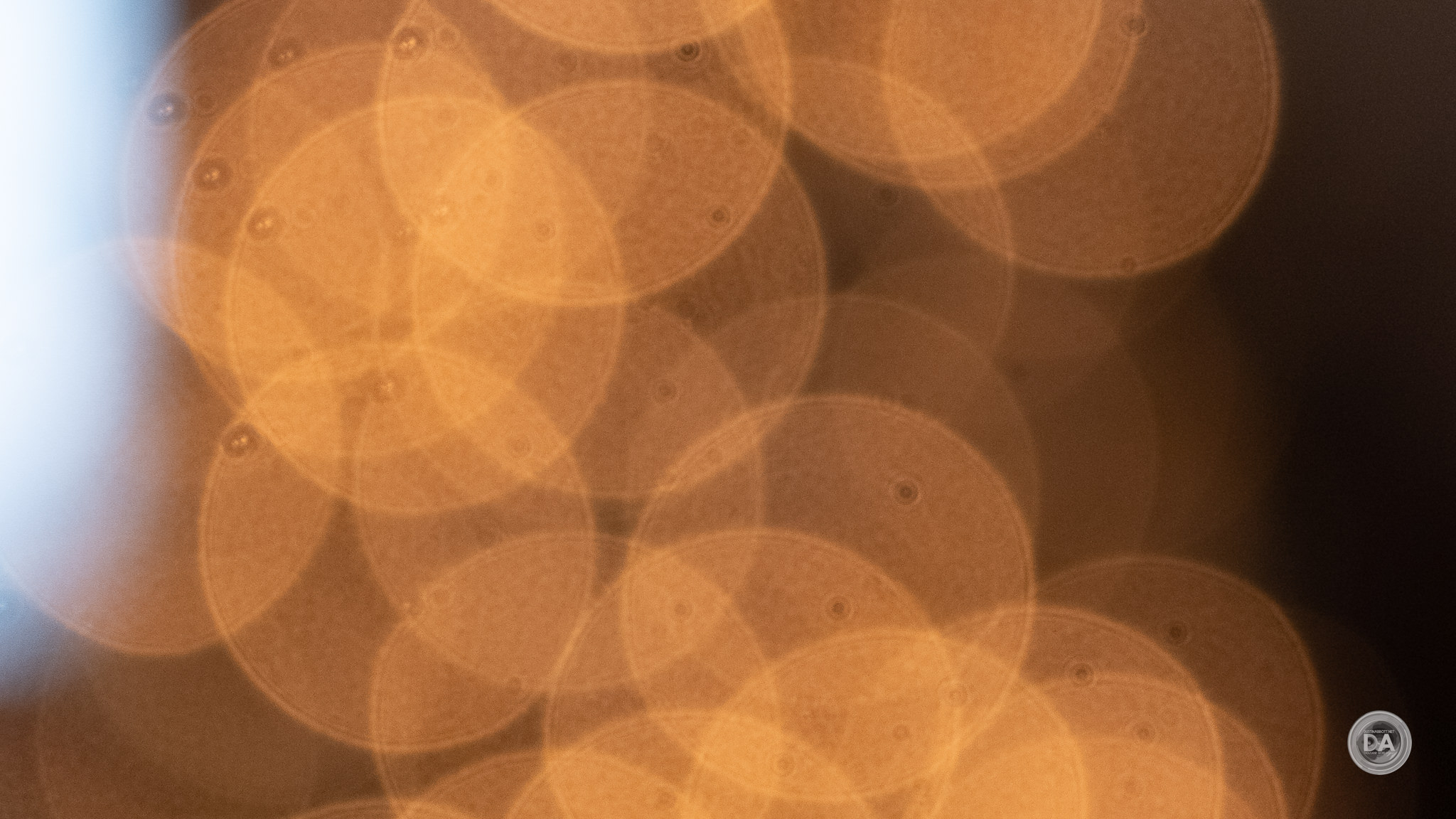
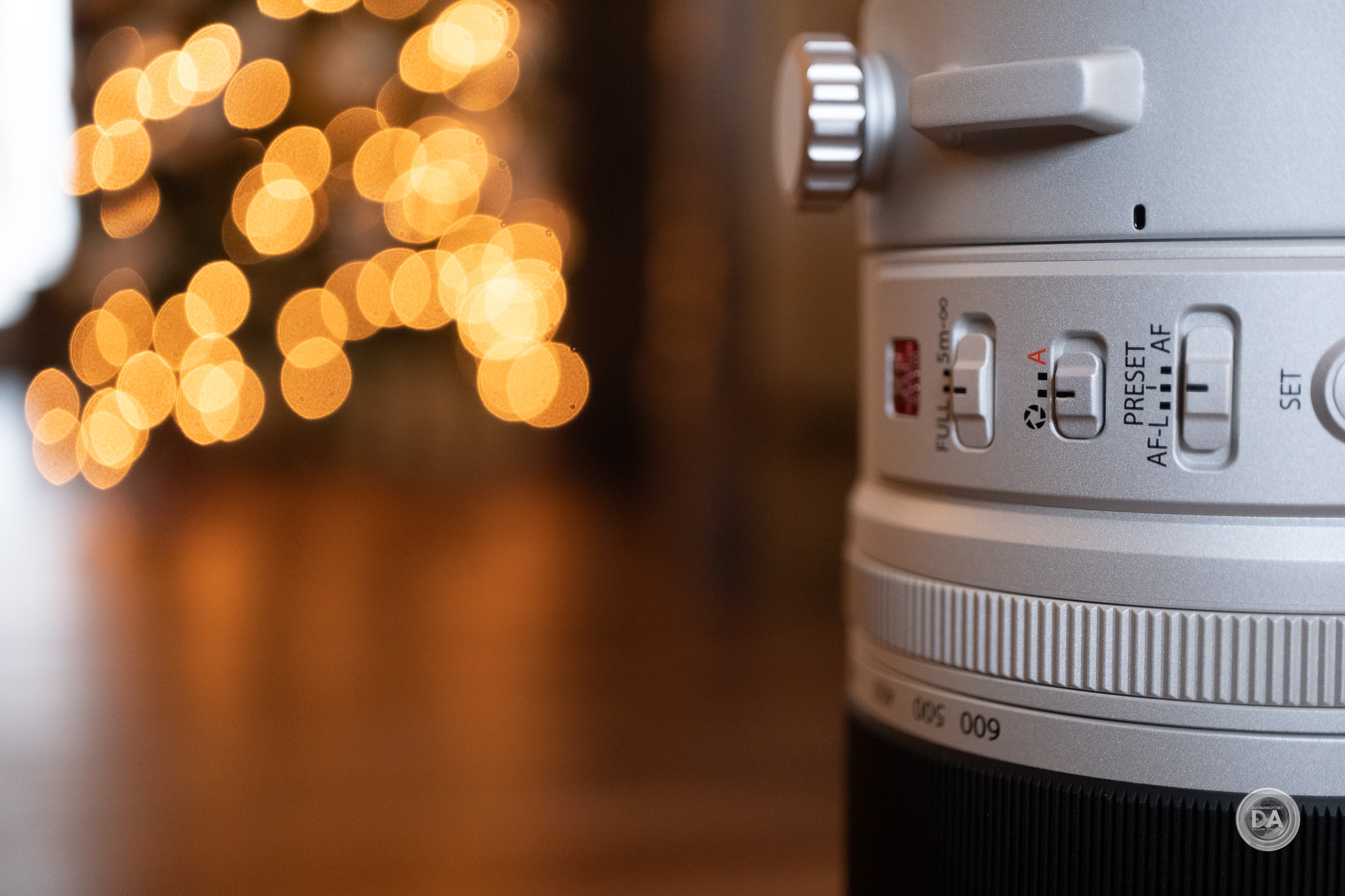






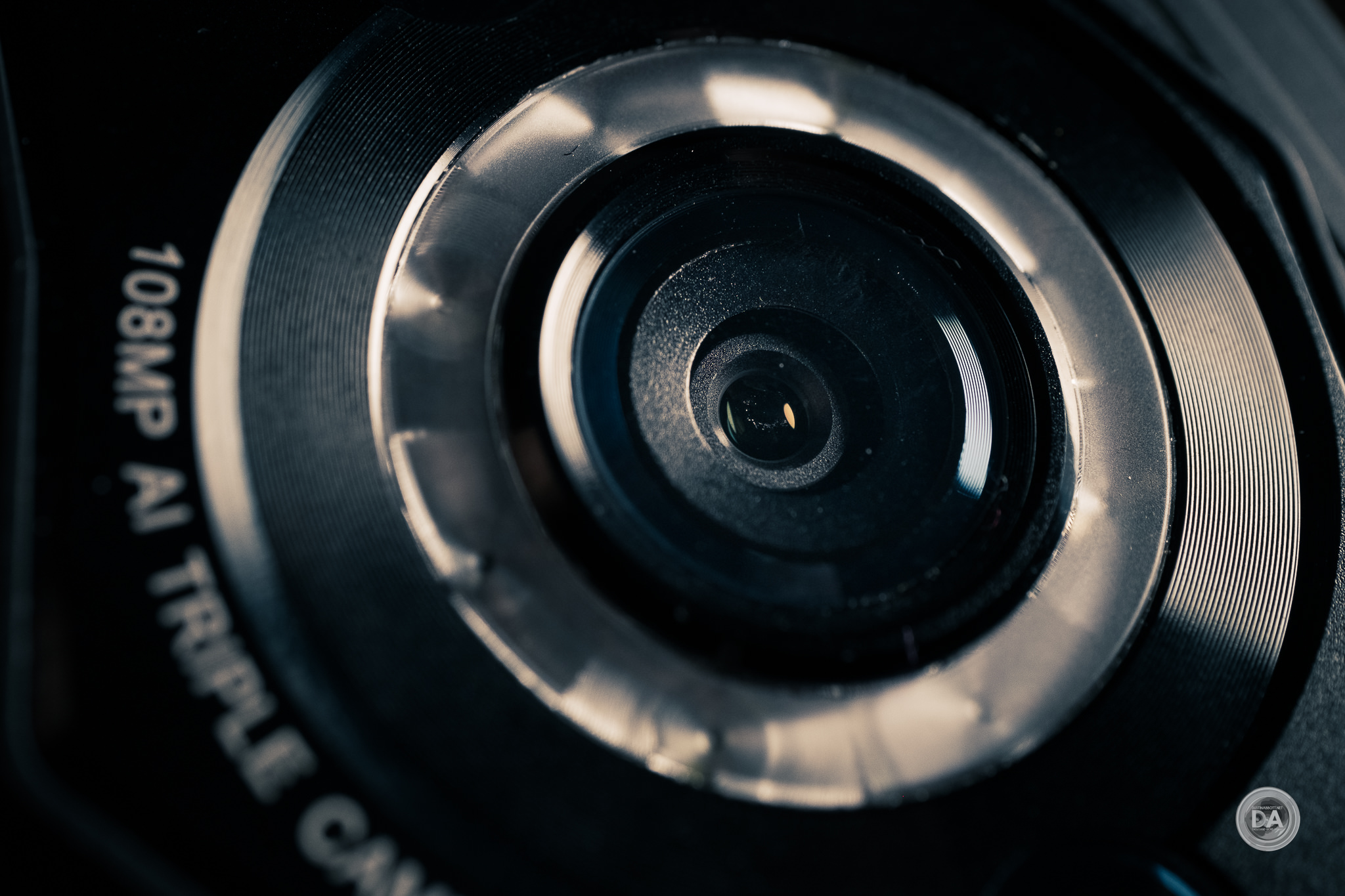




 Viltrox Pro AF 85mm F1.4 FE Gallery
Viltrox Pro AF 85mm F1.4 FE Gallery  Viltrox AF 85mm F1.4 PRO FE Review
Viltrox AF 85mm F1.4 PRO FE Review  Yongnuo YN 35mm F1.8 ART Gallery
Yongnuo YN 35mm F1.8 ART Gallery  Yongnuo YN 35mm F1.8 DA ART Review
Yongnuo YN 35mm F1.8 DA ART Review 


